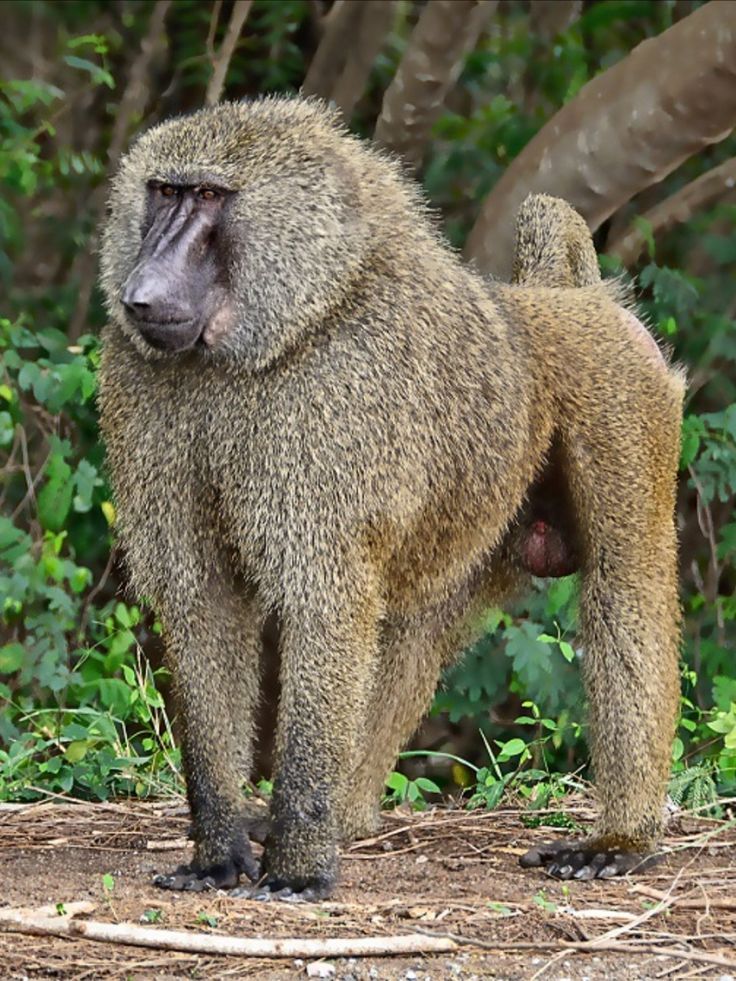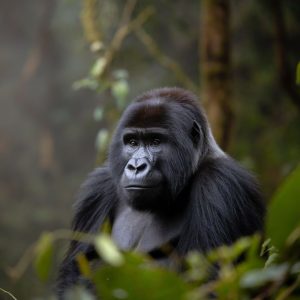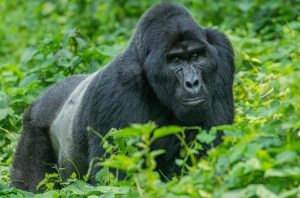Baboons in Uganda
Baboons in Uganda. Uganda, renowned for its diverse wildlife, is home to a variety of baboon species. These intelligent and social primates play a crucial role in the country’s ecosystems. In this post, we will delve into the world of baboons in Uganda, exploring their characteristics, habitats, and interactions with humans.
Types of Baboons in Uganda
While several baboon species exist across Africa, Uganda primarily hosts two:
- Olive Baboons (Papio anubis): These are the most common baboons in Uganda. They are characterized by their olive-brown fur, long, pointed muzzles, and powerful jaws.
- Vervet Monkeys (Chlorocebus pygerythrus): Though not strictly baboons, vervet monkeys are often included in the same category due to their similarities. They are smaller than olive baboons and have a distinctive black face and blue-gray fur.
Habitat and Behavior
Baboons in Uganda are typically found in savanna, woodland, and forest edge habitats. They are highly social animals, living in troops that can range from a few individuals to over 200. These troops are led by a dominant male and consist of females, their offspring, and a few subordinate males.
Baboons are omnivores, feeding on a variety of foods including fruits, seeds, insects, small mammals, and even birds. They are excellent climbers and can often be seen foraging in trees or on the ground. Their intelligence and adaptability have allowed them to thrive in various environments.
Interactions with Humans
Baboons can sometimes come into conflict with humans, particularly in areas where their habitats overlap with human settlements. They may raid farms, gardens, and garbage dumps in search of food, leading to property damage and potential safety concerns.
However, it’s important to remember that baboons are wild animals and should be treated with respect. Responsible tourism practices and conservation efforts can help minimize conflicts and ensure the survival of these fascinating primates.
Conservation Efforts
Despite their adaptability, baboons face several threats, including habitat loss, poaching, and human-wildlife conflict. To protect these valuable creatures, conservation organizations and governments in Uganda are working to:
- Create protected areas: Establishing national parks and wildlife sanctuaries helps safeguard baboon habitats.
- Promote sustainable tourism: Responsible tourism can generate income for local communities while supporting conservation efforts.
- Educate the public: Raising awareness about the importance of baboon conservation and the potential negative consequences of human-wildlife conflict is crucial.
Conclusion
Baboons are fascinating and intelligent primates that play a vital role in Uganda’s ecosystems. By understanding their behavior, habitat requirements, and the challenges they face, we can work together to ensure their continued survival for generations to come.




